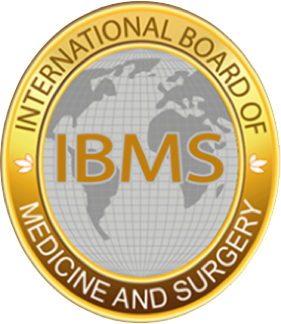| Mon, 14 Jul 2014 11:08:03 GMT
The latest Commonwealth Fund report, ’Mirror, mirror on the wall: how the U.S. health care system compares internationally’ compares the US health care system against ten other countries. The USA comes off badly, but the data is pre-Obamacare.
The 11 countries are—Australia, Canada, France, Germany, Netherlands, New Zealand, Norway, Sweden, Switzerland, UK, and USA.
The US health care system is the most expensive in the world, but this report shows that it under-performs relative to other countries on most dimensions of performance. It fails to achieve better health outcomes than the other countries, and the United Kingdom ranks first, followed closely by Switzerland.
The report includes data from patients and doctors on care experiences and ratings of various dimensions of care.
It includes information from the most recent three Commonwealth Fund international surveys of patients and primary care physicians about medical practices and views of their countries’ health systems (2011–2013).
It includes information on health care outcomes featured in The Commonwealth Fund’s most recent (2011) national health system scorecard, and from the World Health Organization (WHO) and the Organization for Economic Cooperation and Development (OECD).
The most notable way the USA differs from other industrialized countries is the absence of universal health insurance coverage. Other nations ensure the accessibility of care through universal health systems. The Affordable Care Act is increasing the number of Americans with cover and improving access to care, though the data in this report are from years prior to the full implementation of the law. So it is not surprising that the USA underperforms on measures of access and equity between populations.
The USA also ranks behind most countries on many measures of health outcomes, quality, and efficiency. Doctors face particular difficulties receiving timely information, coordinating care, and dealing with administrative hassles. Other countries have led in the adoption of modern health information systems, but American doctors and hospitals are catching up as they respond to significant financial incentives to adopt and make meaningful use of health information technology systems. Additional provisions in the Affordable Care Act will encourage the efficient organization and delivery of health care, as well as investment in important preventive and population health measures.
For all countries, responses indicate room for improvement. Yet, the other 10 countries spend considerably less on health care per person and as a percent of gross domestic product than does the United States. These findings indicate that, from the perspectives of both doctors and patients, the US healthcare system could do much better in achieving value for the nation’s substantial investment in health.
Quality: The indicators of quality were grouped into four categories: effective care, safe care, coordinated care, and patient-centered care. Compared with the other 10 countries, the USA fares best on provision and receipt of preventive and patient-centered care. While there has been some improvement in recent years, lower scores on safe and coordinated care pull the overall US quality score down. Continued adoption of health information technology should enhance the ability to identify, monitor, and coordinate care for their patients, particularly those with chronic conditions.
Access: With the absence of universal coverage—people in the USA go without needed health care because of cost more often than people do in the other countries. Americans were the most likely to say they had access problems related to cost. Patients in the USA have rapid access to specialized health care services; however, they are less likely to report rapid access to primary care than people in leading countries in the study. In other countries, like Canada, patients have little to no financial burden, but experience wait times for such specialized services. There is a frequent misperception that trade-offs between universal coverage and timely access to specialized services are inevitable; but the Netherlands, U.K., and Germany provide universal coverage with low out-of-pocket costs while maintaining quick access to specialty services.
Efficiency: On indicators of efficiency, the USA ranks last with the UK and Sweden ranking first and second. The USA has poor performance on measures of national health expenditures and administrative costs as well as on measures of administrative hassles, avoidable emergency room use, and duplicative medical testing.
Equity: The USA ranks a clear last on measures of equity. Americans with below-average incomes were much more likely than their counterparts in other countries to report not visiting a doctor when sick; not getting a recommended test, treatment, or follow-up care; or not filling a prescription or skipping doses when needed because of costs. On each of these indicators, one-third or more of lower-income adults in the USA went without needed care because of costs.
Healthy lives: The USA ranks last overall with poor scores on all three indicators of healthy lives—mortality amenable to medical care, infant mortality, and healthy life expectancy at age 60. The U.S. and UK had much higher death rates in 2007 from conditions amenable to medical care than some of the other countries, e.g., rates 25 % to 50 % higher than Australia and Sweden. Overall, France, Sweden, and Switzerland rank highest on healthy lives. The US is the most obese nation in the world and this leads to many health problems.
The USA ranks last. The UK continues to demonstrate strong performance and ranked first overall, though lagging notably on health outcomes. Switzerland ranked second overall. The USA ranks higher on preventive care, and is strong on waiting times for specialist care, but weak on access to needed services and ability to obtain prompt attention on primary care.
Under the Affordable Care Act, low- to moderate-income families are now eligible for financial assistance in obtaining insurance cover.
|
